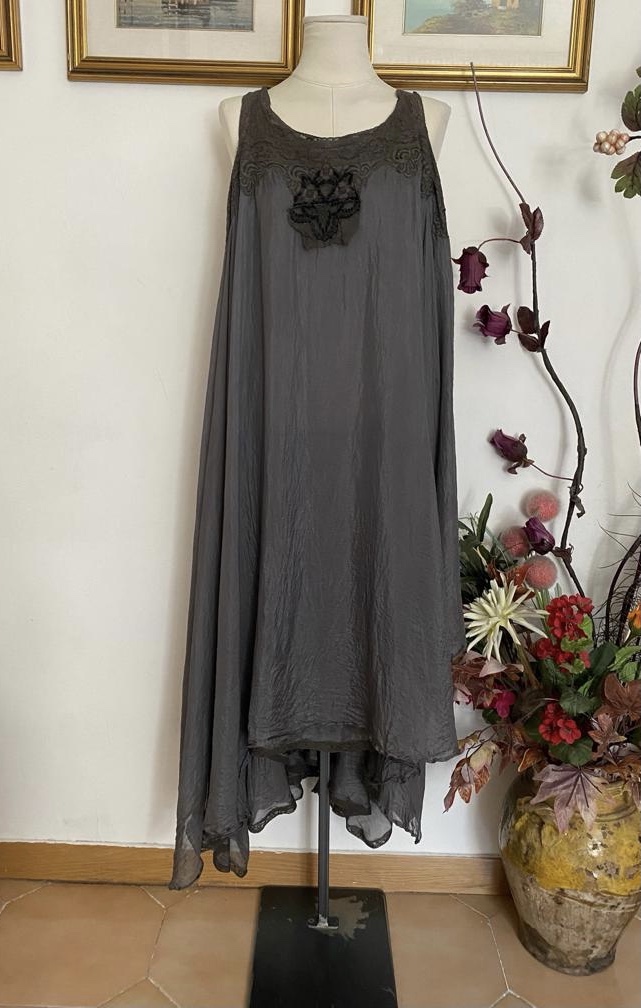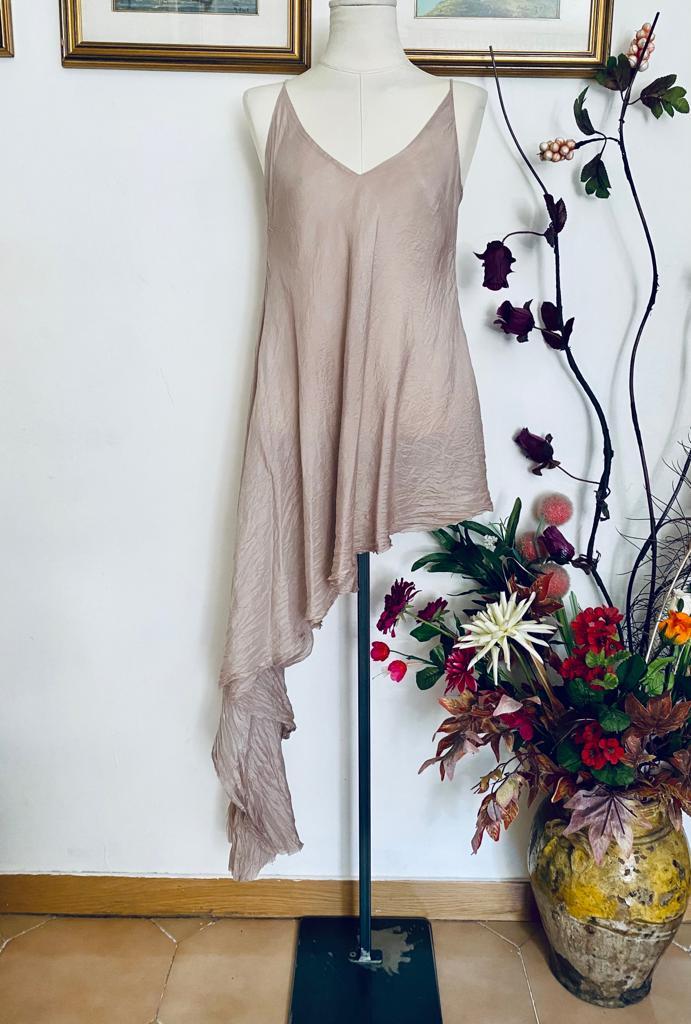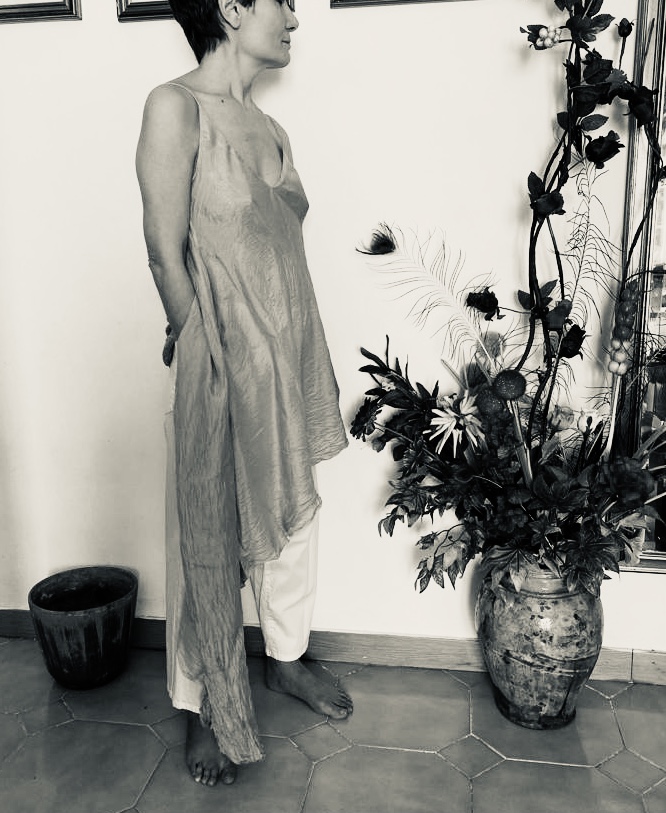Couture: The Future of Fashion
Crafting Tomorrow’s Wardrobe through Quality, Customization, and Conscious Production
On our journey to trace the future of fashion, Paris Haute Couture Week SS24 offers a chance to reinforce our viewpoint on the industry. What becomes evident is the link between couture and the sustainable paradigm needed to shape the industry’s trajectory.
SS24 Haute couture
Haute Couture for luxury houses serves as a mere reaffirmation of brand power. With an endless array of outfits, it appears evident that luxury brands – and the fashion industry as a whole – fall short of comprehending the essence of sustainability and adopting a long-term perspective.
This season, collections managed to break away from monotony. Gaultier by Simone Rocha impressively redefined the designer’s DNA, while Chanel exuded loveliness. The Gallianification of Margiela seemed finally completed. Beautiful, but no trace of Margiela anymore, if not for some tabi or the logo. Yet, it’s Pierpaolo Piccioli for Valentino, who earns the title of a true couturier, always impeccable in his superfine tailoring and magnificent creativity.
However, among the most elaborated and creative silhouettes typical of Haute Couture, more clean and perfectly tailored pieces completed the collections. Which translates into timeless, meaningful garments for everyday style. In fact, beyond the glamour, Haute Couture provides an opportunity to reflect on the future of fashion.
Couture & sustainable fashion
In its essence, couture means made-to-order garments of impeccable quality produced in limited quantities. Therefore, it inherently embodies sustainability. In this tailoring realm, quality takes precedence over quantity, focusing on the meticulous creation of timeless pieces that embody the ethos of minimalism.
Specifically, this sustainable essence of couture is a pattern that represents the future of fashion.
At its core, couture’s commitment to made-to-order garments, crafted with unparalleled quality, shatters the notion of disposable fashion. The bespoke nature of these creations allows for customization, fostering a connection between the wearer and the garment that transcends the fleeting trends of fashion.
Indeed, by opting for fewer pieces produced in limited quantities, artisanal production aligns with conscious consumption. It’s a departure from the relentless pursuit of newness. And a testament to the idea that true luxury lies in the careful curation of one’s wardrobe. Less but better.
As we trace the steps and missteps of fashion brands, one aspect becomes apparent. The future of fashion lies not in the mass production and fleeting trends but in the intentional creation of timeless pieces that endure beyond seasons. Couture serves as the vanguard and back to the past, revealing tomorrow’s wardrobe through quality, customization, and conscious production.
A blueprint for a fashion industry where sustainability and style seamlessly coexist.
Couture: The Future of Fashion Read More »



